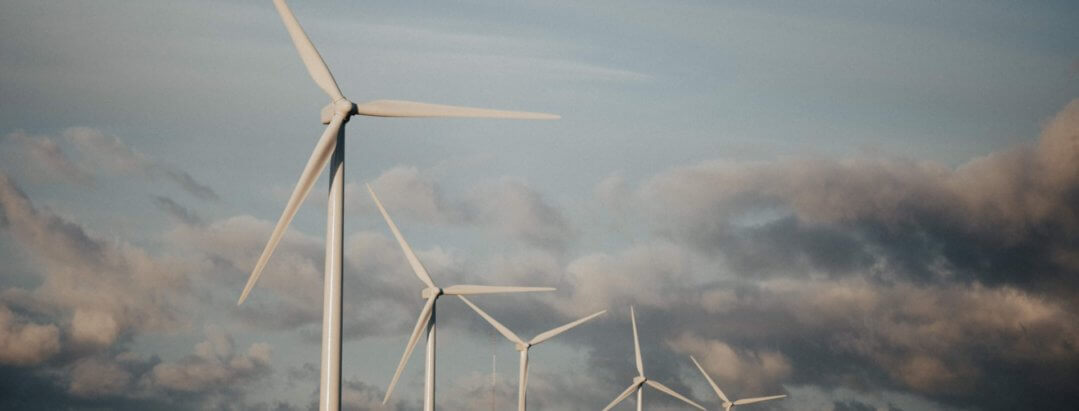Everything you need to know
The Offshore Electricity Infrastructure Act 2021 (Cth) (the Act) is scheduled to commence operation 6 months from the day of receiving Royal Assent unless an earlier date of commencement is proclaimed. Hence, absent a Proclamation as of writing, the Act will commence operation on 2 June 2022.
The Act aims to provide effective regulatory framework for offshore renewable energy infrastructure and offshore electricity transmission infrastructure, enabling significant investment in Australia’s coastal economies along with creating new jobs in Australia.
The Act achieves this by:
- prohibiting unauthorised offshore energy infrastructure (OEI) unless a valid licence has been granted;
- introducing four types of licences which authorise OEI activity in Commonwealth offshore areas;
- providing the Minister with the power to declare areas that are suitable for infrastructure and the ability to grant the abovementioned licences;
- establishing the Offshore Infrastructure Registrar, who will be responsible for managing the administration of licences, including the maintenance of registers; and
- appointing the National Offshore Petroleum and Environmental Management Authority to be the Offshore Infrastructure Regulator, whose responsibility is to monitor, investigate and enforce compliance with the Act, and manage and operate offshore infrastructure.
The licensing scheme
Licensing is governed by Chapter 3 of the Act, which prescribes four kinds of licences that may be granted by the Minister: feasibility licence, commercial licence, research and demonstration licence, and transmission and infrastructure licence.
A feasibility licence allows the licence holder to assess the feasibility of a proposed OEI project for a term of up to seven years and allows the licence holder to apply for a commercial licence for the purposes of carrying out the project.
A commercial licence allows the licence holder to carry out an OEI project in the licensed area for the purpose of exploiting renewable energy resources. A commercial licence holder must first hold a feasibility licence. This licence is granted for up to 40 years.
A research and demonstration licence is a licence for up to 10 years that allows the licence holder to conduct research into or demonstrate the feasibility or capabilities of a , technology, system or process, or conduct research relating to the exploitation of or exploration for renewable energy resources.
A transmission and infrastructure licence allows the licence holder to carry out OEI projects for the purpose of assessing the feasibility of storing, transmitting or conveying electricity or a renewable energy product in or through the licence area or to store, transmit or convey electricity or a renewable energy product in or through the licence area.
Each licence requires a management plan and the licence holder must also provide financial security in relation to the infrastructure. This financial security must be sufficient to pay the costs, expenses and liabilities that may arise in relation to, or as a result of, decommissioning of infrastructure, removing equipment and property from the licence area, and remediation of the licence area and other areas affected by activities carried out under the licence.
Additionally, the licence holder must be deemed an eligible person which is based on their ability to meet merit criteria. Merit criteria are met when the eligible person is suited to hold the licence, is likely to have or be able to arrange to have the technical and financial capability to carry out the project, the OEI project is likely to be viable, and the eligible person also meets the criteria prescribed by the licensing scheme.
The licensing scheme is to be prescribed by regulations which will outline the details involving the application procedures along with other matters relating to licences. While there are currently no regulations made in relation to the Act, it is expected that such regulations will be introduced soon.
While these licences are capable of being transferred and having the licence holder changed, this must be made with financial security and Ministerial approval. However, sections 67 and 82 of the Act explicitly state that such licences are not to be considered property.
New offences and correlating punishments
The Act has also introduced civil and criminal penalties to prevent unauthorised OEI projects. Section 15 imposes a criminal penalty of 5 years imprisonment and a civil penalty of 3,000 units ($666,000) for unauthorised offshore infrastructure activities in Commonwealth offshore areas. Further, knowingly providing false or misleading documents or information in a licence application will expose one to penalties of either 12 months imprisonment and/or 100 penalty units ($22,200).
Sections 77 and 78 introduce other offences which may be committed when the licence holder, or a third party acting on behalf of the licence holder, undertakes an activity causing greater than necessary interference with navigation, native title rights and interests, fishing, conservation, lawful activities carried out by another person in accordance with the Offshore Petroleum and Greenhouse Gas Storage Act 2006, or any other activities that are being lawfully carried out by another person. Committing such interferences will expose one to a strict liability offence of 100 penalty units ($22,200) or a civil penalty of 265 penalty units ($58,830).
Where to from here
The introduction of the Act is an incredibly exciting development as it enables the acceleration of several offshore wind farm projects that are already under development along with inviting the development of new OEI projects.
While the Act has yet to officially commence, interested parties should take the time to consider and prepare their application for a licence as well as keep an eye out for the expected regulations. It is expected that draft regulations will be made available for comment before being adopted.
If you have any questions regarding the Offshore Energy Infrastructure Act 2021 (Cth) or if you would like assistance with your licence application, please do not hesitate to reach out to our Energy team at Finlaysons.



